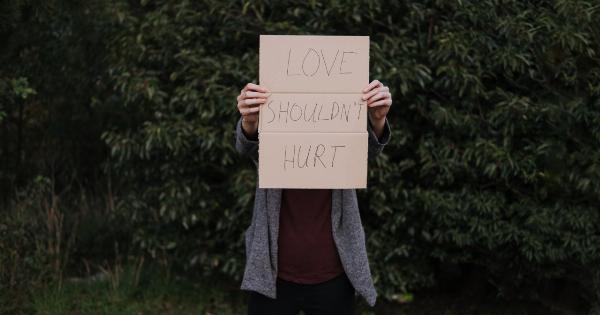Pain and depression are two pervasive and interrelated conditions that many individuals face at some point in their lives. It is crucial to acknowledge that these experiences are valid and can significantly impact an individual’s quality of life.
Coping mechanisms are strategies individuals adopt to manage and alleviate the effects of pain and depression. While some coping mechanisms are consciously adopted, others operate at an unconscious level, serving as defense mechanisms against these overwhelming emotions.
This article explores the unconscious coping mechanisms people employ to counter pain and depression.
Denial
Denial is a common unconscious coping mechanism that allows individuals to avoid accepting and acknowledging their pain and depression.
It involves repressing distressing thoughts, emotions, or memories and refusing to believe in the reality of the situation. By blocking out these painful experiences, individuals create a barrier that shields them from having to confront the full extent of their pain and depression.
Projection
Projection is another unconscious coping mechanism where individuals attribute their own pain and depression to external factors or individuals.
By projecting their feelings onto others, individuals distance themselves from their own suffering, making it easier to cope with. This mechanism provides temporary relief from the overwhelming emotions, but it does not address the root causes of pain and depression.
Rationalization
Rationalization is a defense mechanism that involves creating logical explanations or justifications for one’s pain and depression.
By developing rational explanations, individuals can make their experiences more understandable and less distressing. This coping mechanism allows individuals to maintain a sense of control and mitigate the feelings of helplessness associated with pain and depression.
Regression
Regression is an unconscious coping mechanism through which individuals revert to behaviors from earlier developmental stages. It involves retreating to a more childlike or immature state in times of distress.
By regressing, individuals seek comfort and security in behaviors associated with a time when they felt safer and more protected. Though this coping mechanism may provide temporary relief, it does not offer a long-term solution to pain and depression.
Displacement
Displacement is an unconscious coping mechanism where individuals redirect their pain and depression onto a substitute target. This could involve transferring one’s emotions to a less threatening or more accessible object or person.
The act of displacing emotions allows individuals to release inner tension without directly confronting the true sources of their pain and depression.
Compensation
Compensation is a coping mechanism through which individuals try to make up for perceived or real deficiencies in one area by excelling in another.
When facing pain and depression, individuals may divert their energy towards achievements or activities in which they feel competent and valued. By compensating in one aspect of their life, individuals can momentarily escape the negative emotions associated with pain and depression.
Suppression
Suppression is an unconscious coping mechanism where individuals intentionally push distressing thoughts or emotions out of their consciousness.
Unlike repression, which operates at an unconscious level, suppression involves a conscious effort to avoid thinking about or dealing with painful experiences. However, suppressing these emotions can prevent individuals from fully processing and resolving their pain and depression.
Sublimation
Sublimation is a coping mechanism through which individuals channel their pain and depression into socially acceptable outlets.
Rather than directly expressing their distress, individuals redirect these emotions into creative or constructive activities, such as art, sports, or volunteer work. Sublimation allows individuals to transform their pain and depression into productive endeavors, providing them with a sense of purpose and fulfillment.
Humor
Humor is a coping mechanism that uses laughter and lightheartedness to alleviate pain and depression. By finding humor in their situations, individuals can temporarily distance themselves from their distress.
Laughing can release endorphins, which are natural mood enhancers, providing a momentary respite from the negative emotions associated with pain and depression.
Escape
Escape is an unconscious coping mechanism where individuals seek refuge from their pain and depression by turning to distractions or numbing activities.
This could involve engaging in excessive work, using substances, or immersing oneself in technology and entertainment. While escaping may temporarily provide relief, it does not address the underlying causes and can often exacerbate the pain and depression in the long run.
Conclusion
Pain and depression are complex experiences that affect individuals in different ways. Unconscious coping mechanisms serve as a defense against these overwhelming emotions and provide temporary relief.
However, it is crucial to recognize that these mechanisms do not offer long-term solutions and can hinder individuals from effectively addressing and resolving their pain and depression. Seeking professional help and adopting healthy coping strategies can facilitate a more sustainable and positive approach to overcoming these challenges.






























